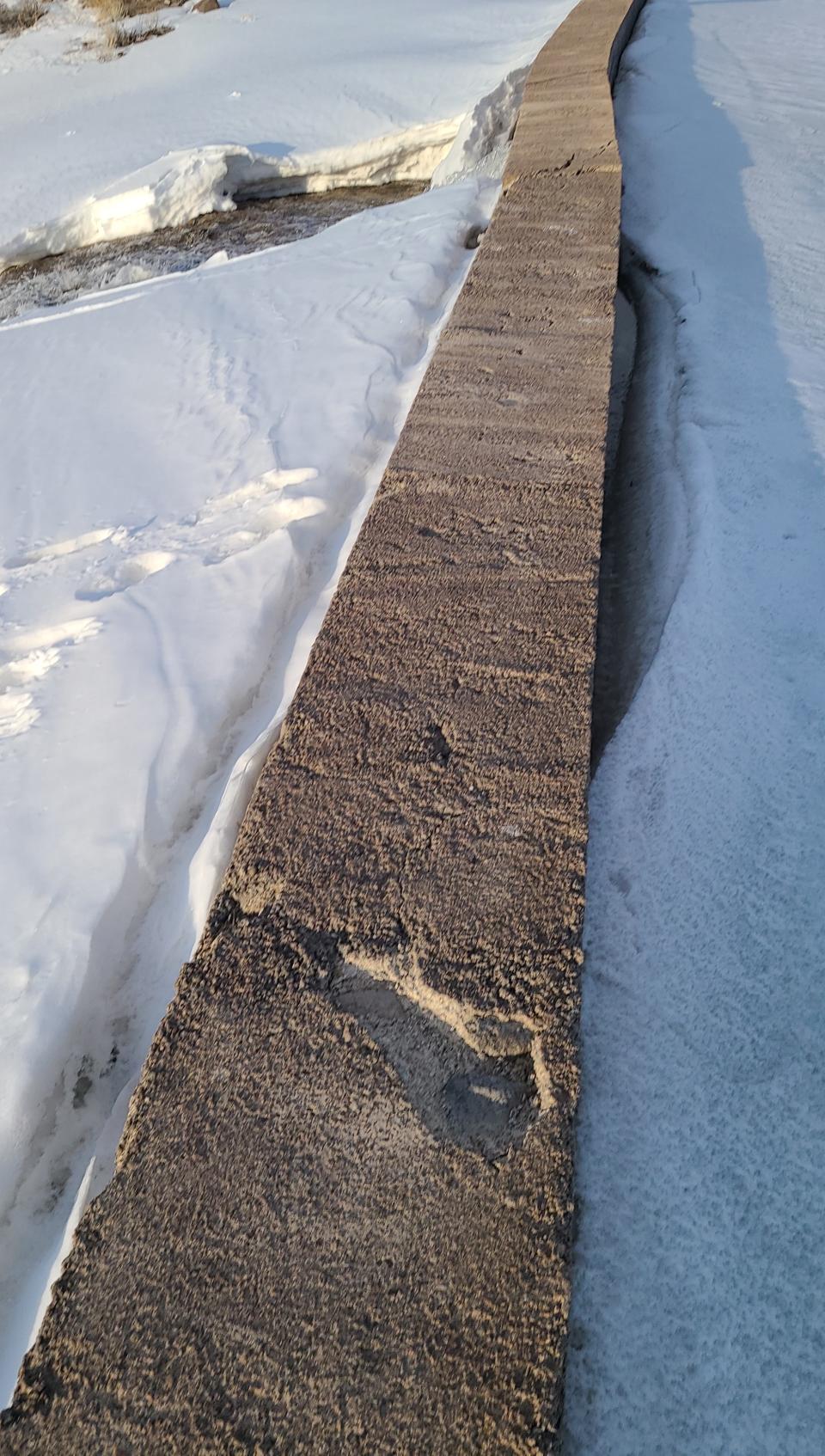Utah dams were given a C+. Here’s what else you should know.

SALT LAKE CITY (ABC4) — The Utah Section of the American Society of Civil Engineers ranked Utah’s infrastructure in a 2020 report card — and the state got an average grade of C+.
Dams were examined and graded in the report card — and the ASCE gave Utah’s dams a C+.
On Monday night, the Garfield County Sheriff’s Office posted on social media to inform the public of damage to the Panguitch Lake Dam. On Tuesday night, the situation was declared to be a “Level 2 Emergency Situation.”
LEARN MORE: Dam damage prompts ‘Level 2 Emergency Situation’ for residents — Here’s what it means



Officials said several teams were monitoring the conditions of the dam after the damage was found, but closed Highway 143 and limited access to Panguitch Lake as a precaution after the initial reports of damage.
“While there is no immediate threat to public safety, the situation could rapidly evolve,” the Garfield County Sheriff’s Office said in a press release on Tuesday night.
But with a low letter grade — and now a nearly 60-foot crack in the Panguitch Lake Dam prompting an emergency situation — what does that mean for Utah?
What is a Level 2 Emergency Situation?
According to the sheriff’s office, a Level 2 Emergency Situation means that there is potential for dam failure.
Officials said they are prepared to “escalate” their response if the situation calls for it.
A Level 3 situation would indicate “imminent dam failure” and prompt evacuations, the sheriff’s office said.
How to prepare for possible dam failure
The Garfield County Sheriff’s Office urged residents to stay informed, have an evacuation plan, have emergency kits and inform others.
The Department of Public Safety released a 32-page hazard mitigation plan in 2019 to prepare for and respond to possible dam failures. According to that mitigation plan, the Panguitch Lake Dam was not classified as “high hazard.”
At the time the plan was released, it said there were 145 uninspected dams in Garfield County, zero federally inspected dams and 18 dams that were inspected by the state.
The Federal Emergency Management Agency has a fact sheet about potential dam failures online. FEMA said the most important step is to know your risk, and contact local government officials to see if there is an emergency action plan, or EAP, in place.
There is an EAP in place for the Panguitch Lake Dam — however, it has not been updated in 10 years.
FEMA also suggested protecting yourself with flood insurance and being aware that no dam is flood-proof.
Officials said they will communicate “through all available resources,” including social media and local news outlets for Panguitch residents.
The sheriff’s office said it is continuing to monitor the situation and urged residents to follow instructions and be prepared.
Why did Utah dams get a C+?
According to the report card breakdown, a C grade means that part of Utah’s infrastructure is “mediocre” or “requires attention.” Across all infrastructure that was examined, grades were based on capacity, condition, funding, future need, operation and maintenance, public safety, resilience and innovation.
Some dams — which were initially constructed with “less stringent design criteria” — are now upstream from population centers after increasing development, the team of civil engineers said.
“There are seismic risks associated with dams near major population centers,” the report card said.
The report card also said that, in the future, dams will be even more critical to preserving public health and quality of life in Utah.
While the report card did not provide specific point tallies granted in each category, the biggest reason the grade may have been lowered is because of public safety, given the increasing development downstream.
Why does Utah have so many dams?
“The purpose of a dam is to store water, or other liquid borne materials for any of several reasons, such as human water supply, irrigation, livestock water supply, energy generation, containment of mine tailings, recreation, pollution or flood control,” the 2019 hazard mitigation plan said.
According to the Utah Department of Natural Resources, dams in Utah also help with spring runoff from melting snow, which allows the water to be used throughout the year. Dams can also help with flood control.
According to Utah Hazard Mitigation, there are more than 6,000 dams in Utah. Of those thousands of dams, nearly 260 are classified as “high hazard.”
The ranking for dams in Utah accounts for the size, height and volume of the dams, as well as how close they are to development and people.
“Over 200 high hazard dams are regulated by the state; approximately 100 of these do not
meet current dam safety standards,” the DNR said.
An interactive map of all the dams inspected by the Utah Division of Water Rights — which also shows the risk levels associated with each dam — is available online.
Dams in Utah serve many purposes, but officials warn that there are consequences as developments are constructed downstream from dams.
For the latest news, weather, sports, and streaming video, head to ABC4 Utah.

